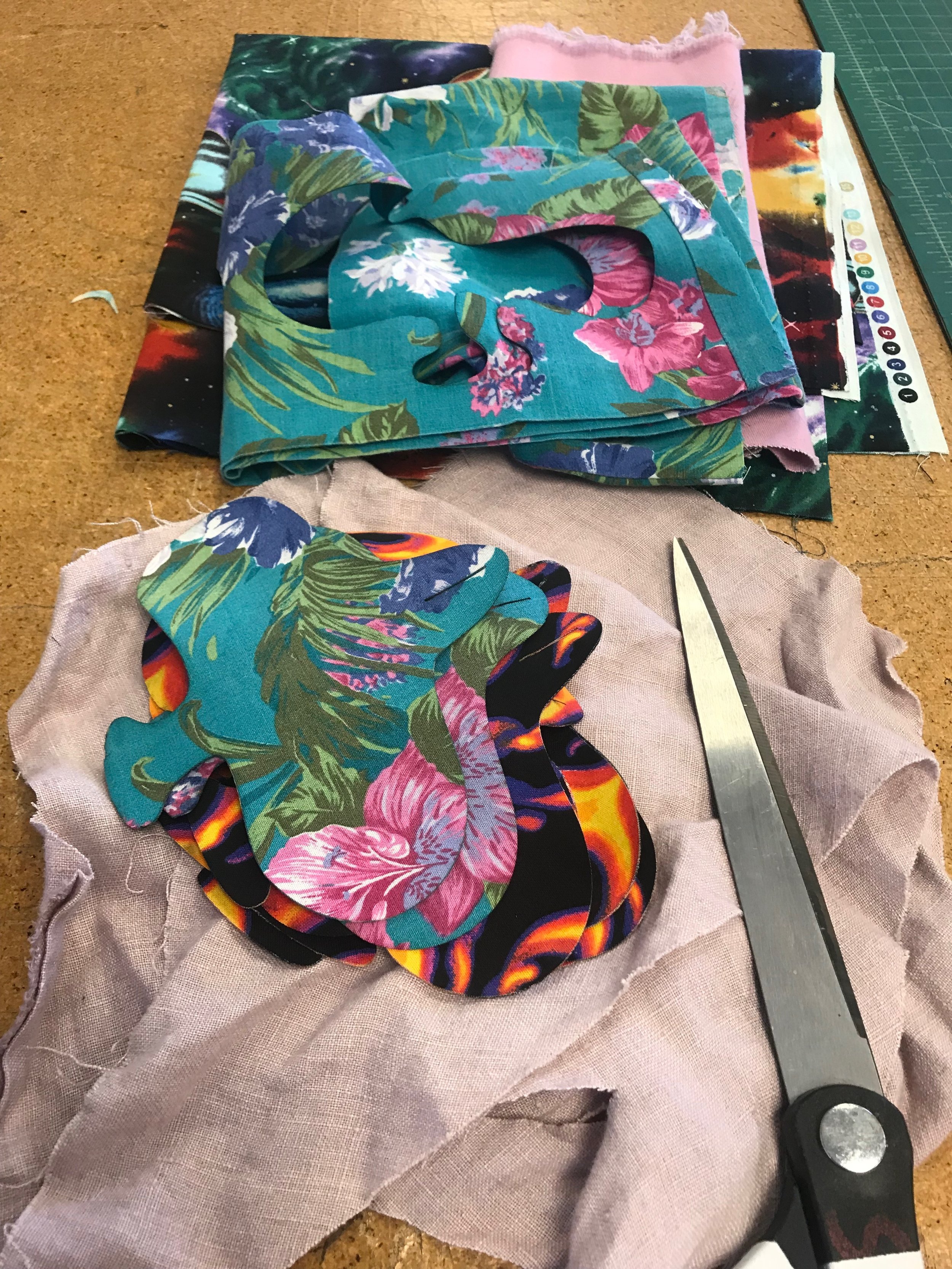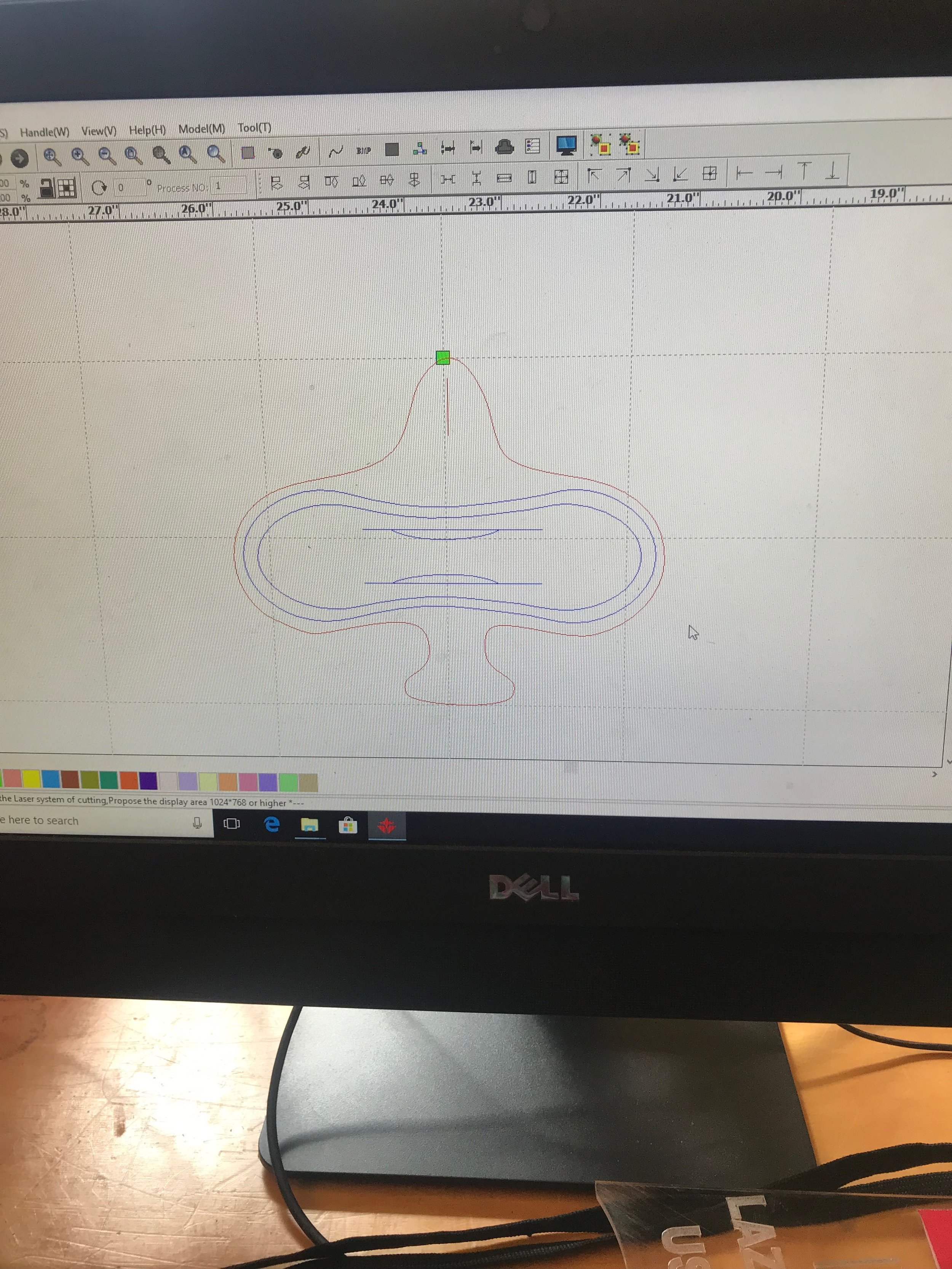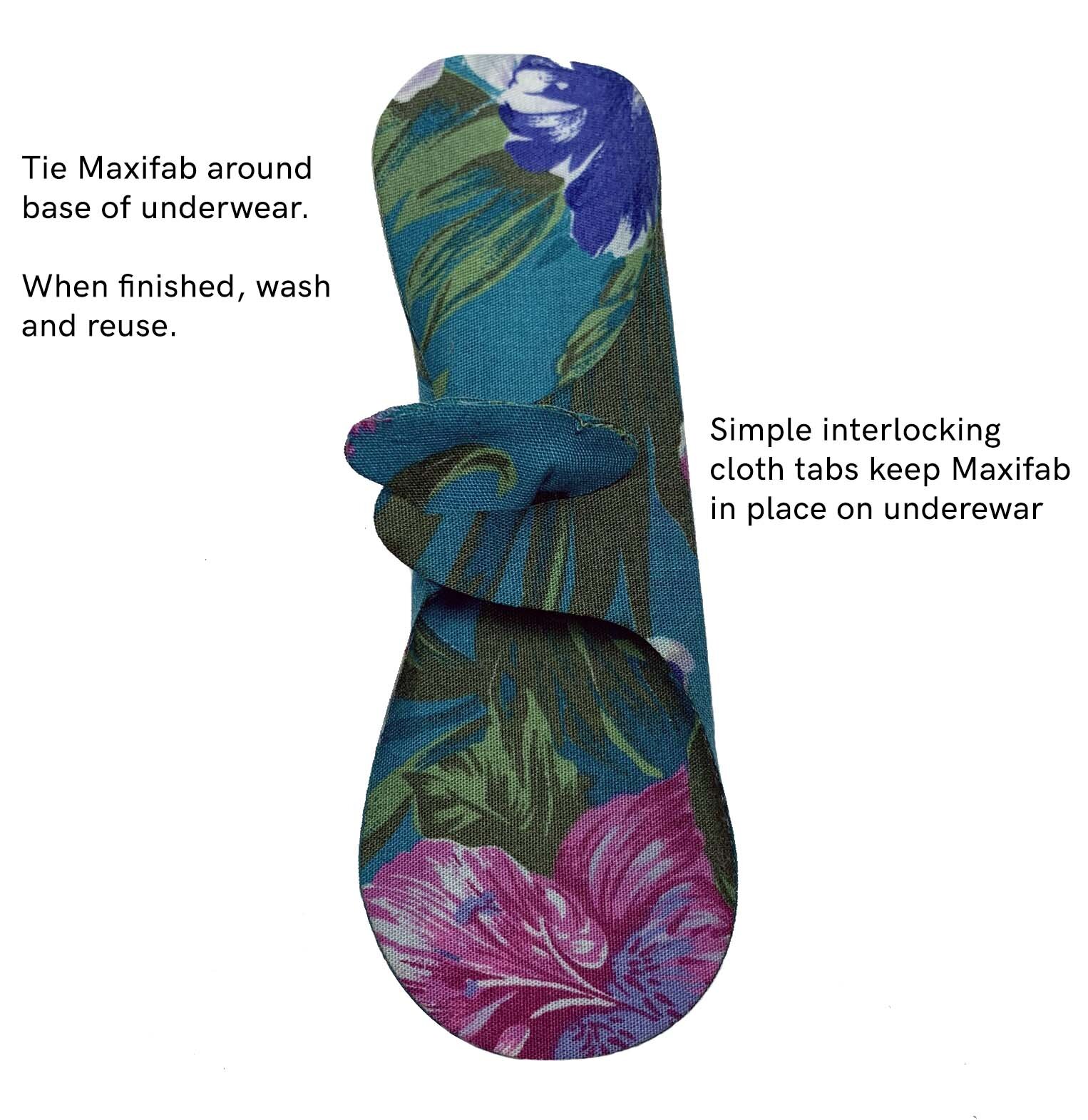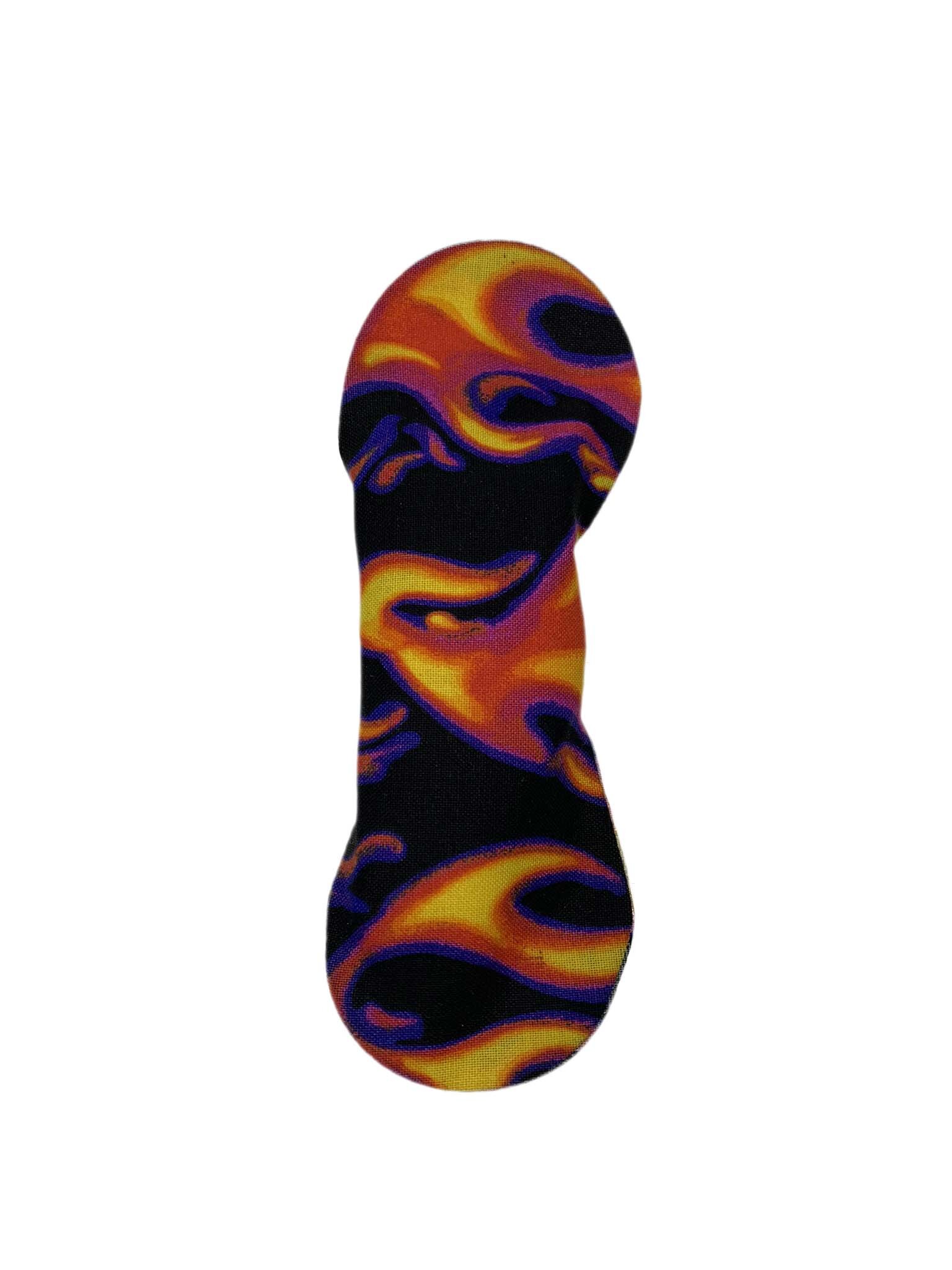MaxiFab - Advancing Period Technologies
In collaboration with Jen Liu, Siyan Zhao, Michael Rivera
Winner of the 2018 Designing Interactive Systems Provocation Award
Overview: MaxiFab is a multifaceted collaborative effort that addresses the lack of technological research dedicated to addressing women’s health and the taboo associated with menstruation, especially in male-dominated technical spaces. Our research redefines products designed to support menstruating bodies as “period technologies.” It introduces this area of research to the design and technology community as an incredibly under-explored and rich subject in need of consideration and advancement.
Over two years, our team created a dialogue related to taboo subjects in technology research while applying a design-research framework to reveal the current shortcomings of period technologies and address these issues by applying digital fabrication tools to the production process. Our preliminary explorations resulted in menstrual products that address some of the most pressing problems with current period technologies—namely, access and cost barriers, waste, and lack of customization. We iteratively explored 3D printing to produce customizable frames for sanitary napkins and laser cutting to fabricate fused washable sanitary napkins. Ultimately, we designed low-cost, efficient, and reusable period technologies that were playfully pushed back against taboo through strategic design choices, such as bright fabric selection and 3D glow-in-the-dark filament.
Motivation: Our work aims to reduce stigma regarding the discussion of menstruation and to contextualize the topic as an under-examined design research space while also demonstrating how the application of fabrication technologies can advance technologies related to women’s health.
Design Research: 3D Printed Pad Frame The rise of affordable consumer-grade 3D printers has enabled people to make customized objects to fit their needs. We explored 3D printing to produce a pad frame: a durable, cheap, and reusable pad design that allows people to conveniently convert any fabric material they have at hand into a sanitary pad.
Iterations of the Fabric Fusion design below:
Fabric Fusion
Cloth menstrual pads consist of layers of cotton, flannel and wool fabrics to increase absorption while retaining comfort and the ability to be washed for reuse. We investigated using a laser cutter to assemble a layered cloth pad. Inspired by “LaserStacker” that selectively fused multiple sheets of acrylic using a defocused laser, we applied a similar technique with textiles that allows a pad to be cut and assembled within a laser cutter.
We fused layers of fabric together by incorporating fusible web, a heat-sensitive adhesive typically used to bond textiles together. A layer of the fusible web is first applied to the back of a rectangular piece of flannel. This piece of flannel is then positioned on top of another piece of flannel in the laser cutting bed.
Future research will experiment with fusing more layers of fabric in variable weights, thicknesses and materials to create designs that maximizes absorption and comfort when worn. Through a participatory design and user testing process, we plan to examine issues ranging from durability to the impact of a aesthetic shift from medical to expressive.







